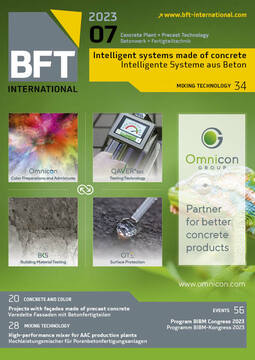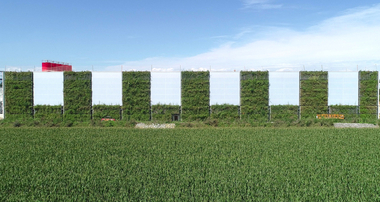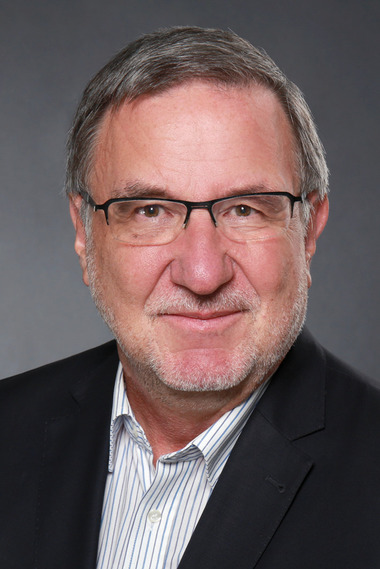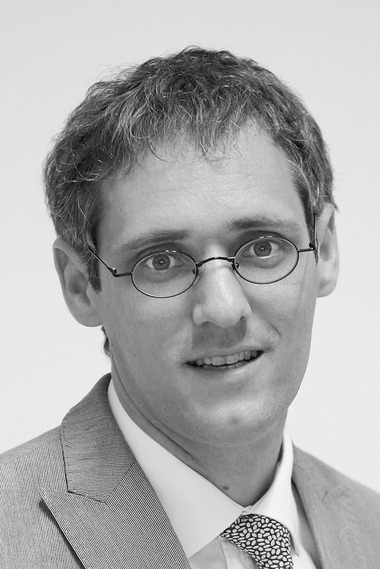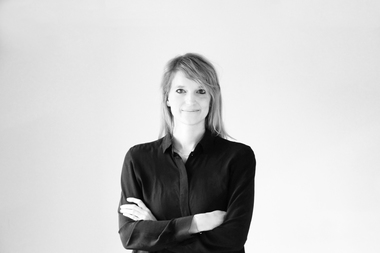Bright surfaces for cooler cities and lower energy consumption
Röhrig Granit GmbH possesses large local deposits of coarsely crystalline granite of high quality, having a particularly bright structure. This enables to ensure the supply of bright materials for face mix concrete from the portfolio in the long run.
These bright products for face mix concrete can contribute to reduce the inner-city heat islands, among others, – an important prerequisite for healthy living in the city, because heat hot spots make urban living harder during the warm season. There is a risk of heat islands forming, above all, in city centers as the degree of heating up is dependent on the type of building development, apart from the daytime temperature.
An impressive example of how we are already now affected by the climate change in Germany directly is the fact that the limit, up to which temperatures of more than 40 °C are reached can be proven during the summer, has been continuously shifting from south to north since several years. In 1983, the level of 40 °C was measured in Ingolstadt; in 2022, Hamburg reached this value.
It is clear: It is no longer about the future; it is about the present time. We must find solutions today in order to deal with the specific consequences of the climate change, that have already occurred.
How does the type of building development affect the heat development?
When the sun is shining, it emits light waves onto the surfaces. What is happening next differs depending on the degree of brightness of the development areas: Dark surfaces absorb a large portion of the incident sunlight and convert it into heat; in this case experts talk about a low albedo value (a low reflectivity of the light waves). This results in heat islands and not only in the moment of irradiation because dark surfaces also store the heat for a longer period. In this way, they impede fast cooling and even the night does no longer bring the cooling effect desired – with the corresponding health implications. Unfortunately, urban surfaces are generally dark: e. g. asphalt and roofing materials have a low albedo value.
This is different for bright surfaces: They have a high albedo value and radiate the incident sunlight quickly back. Hence, the ambient temperature can be reduced considerably. Bright colors promote cooling on hot days – and they also make the nights more refreshing.
Bright surfaces can increase the albedo value up to three times. Therefore, it is worth opting for bright surfaces as far as urban development is concerned.
Making use of the advantages of bright, climate-friendly surfaces
Fewer heat islands not only have advantages in terms of health, but also reduce the energy demand for operating air-conditioning systems. Another benefit: At night or in winter months, the illumination of bright environments requires less energy input. This reduces the costs directly related to the illumination as well as the carbon dioxide emission.
A better illumination in low light conditions has yet another positive effect: Vulnerable road users like bicycle riders and pedestrians are much easier to recognize in front of bright surfaces at night. In this regard, there is the possibility to protect these groups purposefully by using bright building materials at corresponding places.
Rethinking cities
Bright surfaces are not the only possibility for preparing our cities for the climate change: From the very beginning, urban development can think of how the associated carbon dioxide emissions can be reduced – for example, by using low-carbon cements and concrete components or by the application of recycling systems. The avoidance of gravel gardens or gravel islands in favor of a healthy mixture of climate compatible plants and local raw materials is equally effective as improved traffic route concepts with priority on the expansion of bikeways. The construction of so-called water-bound road surfaces also improves the urban climate: This allows water to seep in the ground and contribute to cooling the environment by evaporation.
The shading by plants on roofs and façades as well as on public places and in recreation spaces can also be kept in mind in the planning phase. Because plants can help to lower the environmental temperature. A thoughtful design of buildings and urban structures can improve an effective ventilation and air circulation in the city, reducing the heat load in urban areas. In addition, biodiversity projects can also be implemented by creating water zones and green islands, being in accordance with the biological diversity in urban space.
CONTACT
Röhrig Granit GmbH
Werkstr. Röhrig 1
64646 Heppenheim/Germany
+49 6252 7009-0


